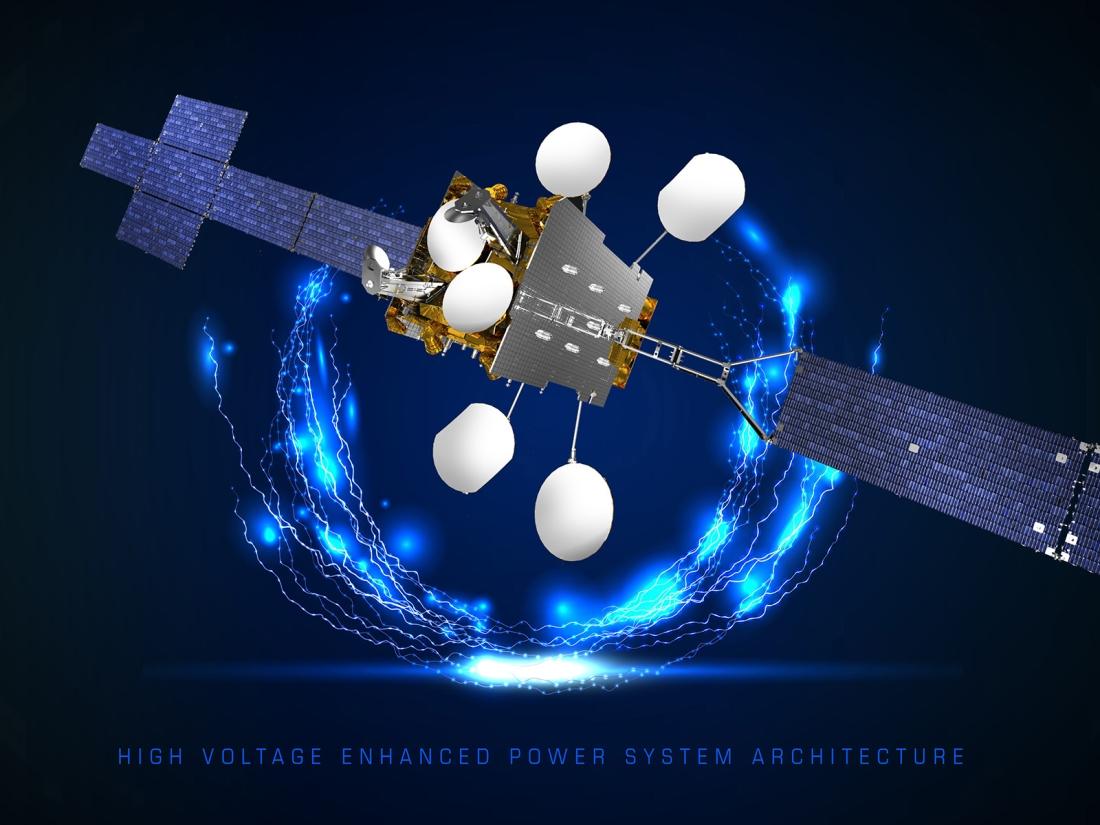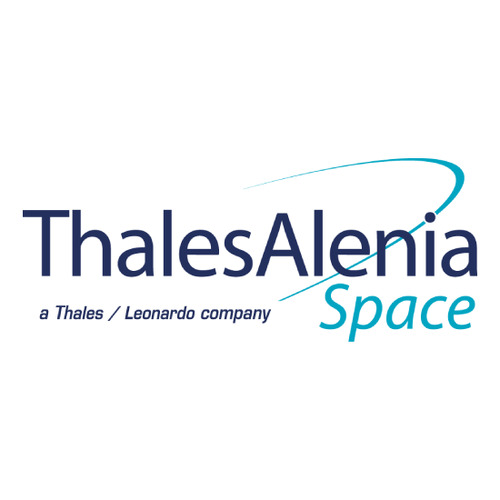HV-EPSA : les satellites de demain sous haute tension

One of the keys to improving overall performance on these satellites is to use high-voltage systems.
A telecom satellite has two main parts:
- The platform, or service module, which houses all of the satellite’s “utilities” (guidance and pointing systems for the satellite and its antennas, propulsion, communications with the Earth, power generation using solar panels and batteries to store this electricity, etc.).
- The payload, or communications module, which receives, processes if needed, and transmits signals for telephony, television, the internet and other services.
To address this problem, the HV-EPSA (High Voltage Electrical & Power System Architecture) R&D project was launched as part of Horizon 2020, the European research and innovation framework program. It is designed to study the feasibility of using higher voltages on satellite to make them more energy efficient, so they could either be smaller or deliver more services.
The HV-EPSA project is coordinated by Thales Alenia Space, leading a consortium of European partners.
Higher voltage for higher performance satellites

The main objective of the HV-EPSA project is to analyze the complete electrical system, from solar array and batteries to electrically-powered equipment on the platform (including electric propulsion) and the payload (whether for telecommunications or radar observation).
Increasing the power supply voltage on satellites is a major factor in increasing power for higher throughput, broader coverage and faster orbital positioning (when using electric propulsion).
Another major advantage is that using a high-voltage system allows designers to eliminate certain conversion units and their wiring – which may run to several kilometers on a satellite. In turn, that will reduce the satellite’s volume and weight, a real asset given the high price per kilo launched into orbit.
The result is either:
- smaller and lighter satellites for a given mission, or;
- a higher performance payload for a given satellite.
- Through a “corona” effect caused by the combination of high voltage and the lower atmospheric pressure at altitude, during the early phases of the launch when the satellite is still attached to the launcher.
- Because of the presence of conducting particles generated by the plasma (electric) thrusters.
To avoid this occurrence, design engineers have to enhance the robustness of certain components, strengthen the insulation on wiring and solar arrays, or even develop new technologies to take full advantage of high-voltage systems, while eliminating the drawbacks.
The HV-EPSA study will analyze the advantages of an operating voltage of 300 to 600 volts for tomorrow’s telecom and Earth observation radar satellites, as well as for spacecraft used to modify a satellite’s orbit or recover space debris. It will also delve into the use of this technology on space exploration missions, such as interplanetary probes. More info on HV-EPSA website: click here
The HV-EPSA project and its partners
HV-EPSA is a 24-month R&D project, which kicked off in January 2016 in Brussels. Thales Alenia Space is leading a European consortium with seven partners: Ecole Polytechnique de Lausanne (Switzerland), ONERA (France), SITAEL (Italy), IONIX (UK), RUAG (Switzerland) and Thales Alenia Space (Belgium, Italy and France). More info on the project's partners.
As project coordinator, Thales Alenia Space is in charge of the satellite’s electrical system and overall electrical architecture. It coordinates both administrative aspects and also the combined expertise of the partners.
When the project has been completed, the consortium will submit a document to the European Commission including a report on all test results, and the roadmap for technological development. It will also identify the technologies that need to be developed to provide tomorrow’s large telecom satellites with onboard power largely exceeding 20kW.
Thales Alenia Space and Horizon 2020
The company is heavily involved in a number of H2020 projects, as either coordinator or partner. Following in the footsteps of GoToFly, PAMPA, ONION and now HV-EPSA, we will keep you informed in the coming weeks of other H2020 projects led by Thales Alenia Space.
This project received funding from the European Union’s Horizon 2020 Framework Program for Research and Innovation, under the subsidy agreement No. 687515.
Photos copyrights:
© Thales Alenia Space/Briot - © Thales Alenia Space/Master Image Programmes
